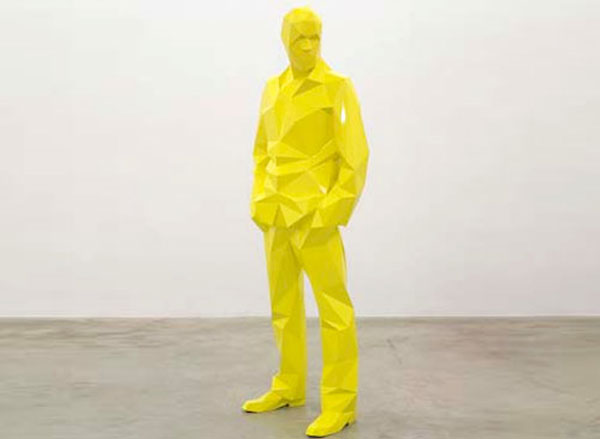 African Americans are black. Caucasians are white. Latinos are brown. But why are Asians yellow? When I look at my skin, it doesn’t look yellow to me. If anything, it looks olive and if I’ve been in the sun at all, it’s brown. So if I’m not yellow-skinned, where does that idea come from?
African Americans are black. Caucasians are white. Latinos are brown. But why are Asians yellow? When I look at my skin, it doesn’t look yellow to me. If anything, it looks olive and if I’ve been in the sun at all, it’s brown. So if I’m not yellow-skinned, where does that idea come from?
Because I’m constantly interested in racial stereotypes, I decided to do some Internet research on the origins of skin color, specifically the idea that Asians have “yellow” skin. This proved a lot harder than you would imagine.
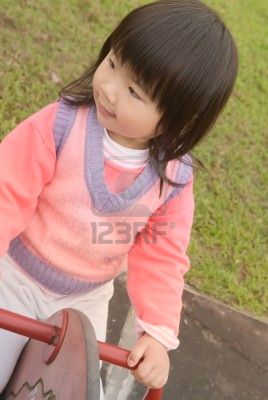 The first thing I wanted to do is look for “yellow”” Asians. When I did a Google image search, I found this stock image, which according to the description, is an “Asian baby with black hair and yellow skin in pink coat play in outdoor of park.”
The first thing I wanted to do is look for “yellow”” Asians. When I did a Google image search, I found this stock image, which according to the description, is an “Asian baby with black hair and yellow skin in pink coat play in outdoor of park.”
Maybe it’s just me but this cute little Asian girl does NOT have yellow skin.
In fact, if you have yellow skin, Asian or otherwise, you might have jaundice. First, diagnose your symptons and then go to a doctor. If you don’t have jaundice, here are 432 causes of yellow skin. Hope you don’t have anything fatal!
Next, I went to Wikipedia because Wikipedia is like god; it knows all and can’t be wrong. According to Wikipedia, “Ethnographically, the term ‘yellow’ has been used as a slang term for both Asians (‘yellow peril‘) and, in the early 20th century, light-skinned African-Americans (High yellow).” For those of you like me who don’t know what “eEthnographically” means, it is “the branch of anthropology that deals with the scientific description of specific human cultures.” But where does the idea that Asian people have yellow skin come from?
Then I found it. Apparently, we can blame a German professor from the 19th century.
Johann Friedrich Blumenbach (1752–1840), one of the founders of what some call scientific racism theories, came up with the five color typology for humans: white people (the Caucasian or white race), more or less black people (the Ethiopian or black race), yellow people (the Mongolian or yellow race), cinnamon-brown or flame colored people (the American or red race) and brown people (the Malay or brown race). Blumenbach listed the “races” in a hierarchic order of physical similarities: Caucasian, followed by American, followed by Mongolian, followed by Malayan, followed by Ethiopian.
In the years since good old Professor Blumenbach, the idea of Asians as yellow has been ingrained in our heads. Watch this short video from New Zealand, circa 1980s.
Scary.
We need not look further than Power Rangers for confirmation of how ingrained this connection between Asian and yellow really is. The African American Power Ranger is black:
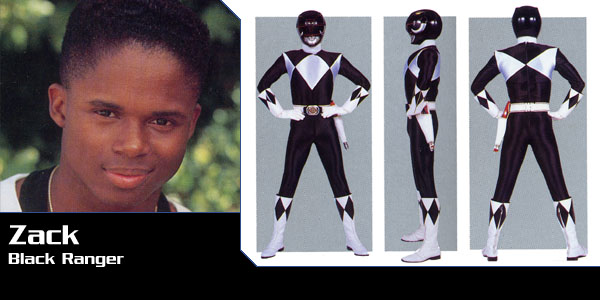
And the Asian Power Ranger is YELLOW. Coincidence? I don’t think so.
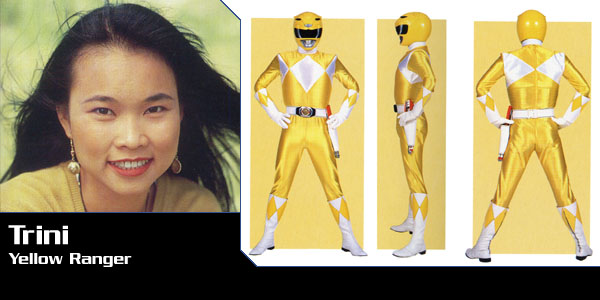
According to Stuff White People Like, there is hope:
Some still wonder if “yellow” is a racist term. They should ask the Israeli Ambassador to Australia about it. In 2006, Naftali Tamir was “recalled” from his ambassadorship for making this loaded comment:
Israel and Australia are like sisters in Asia. We are in Asia without the characteristics of Asians. We don’t have yellow skin and slanted eyes. Asia is basically the yellow race. Australia and Israel are not — we are basically the white race.
And yet, we Asian/Asian Americans sometimes refer to ourselves as yellow:
- Yellow power
- Yellow fever
- The Yellow Bullet (Chinese athlete Liu Xiang)
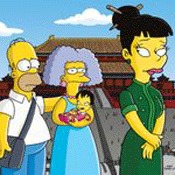 When I first started this article, I thought referring to Asians as “yellow” was offensive and idiotic but not necessarily racist. However, once I thought more about its origin, I saw that the idea is undoubtedly so. In fact, using skin color of any kind to describe any group/race of people is racist. People of all races come in a broad range of skin colors and hues. To think otherwise is ignorant.
When I first started this article, I thought referring to Asians as “yellow” was offensive and idiotic but not necessarily racist. However, once I thought more about its origin, I saw that the idea is undoubtedly so. In fact, using skin color of any kind to describe any group/race of people is racist. People of all races come in a broad range of skin colors and hues. To think otherwise is ignorant.
Finally, it should be noted that in the world according to The Simpsons, everyone is yellow.
Have a nice day.








